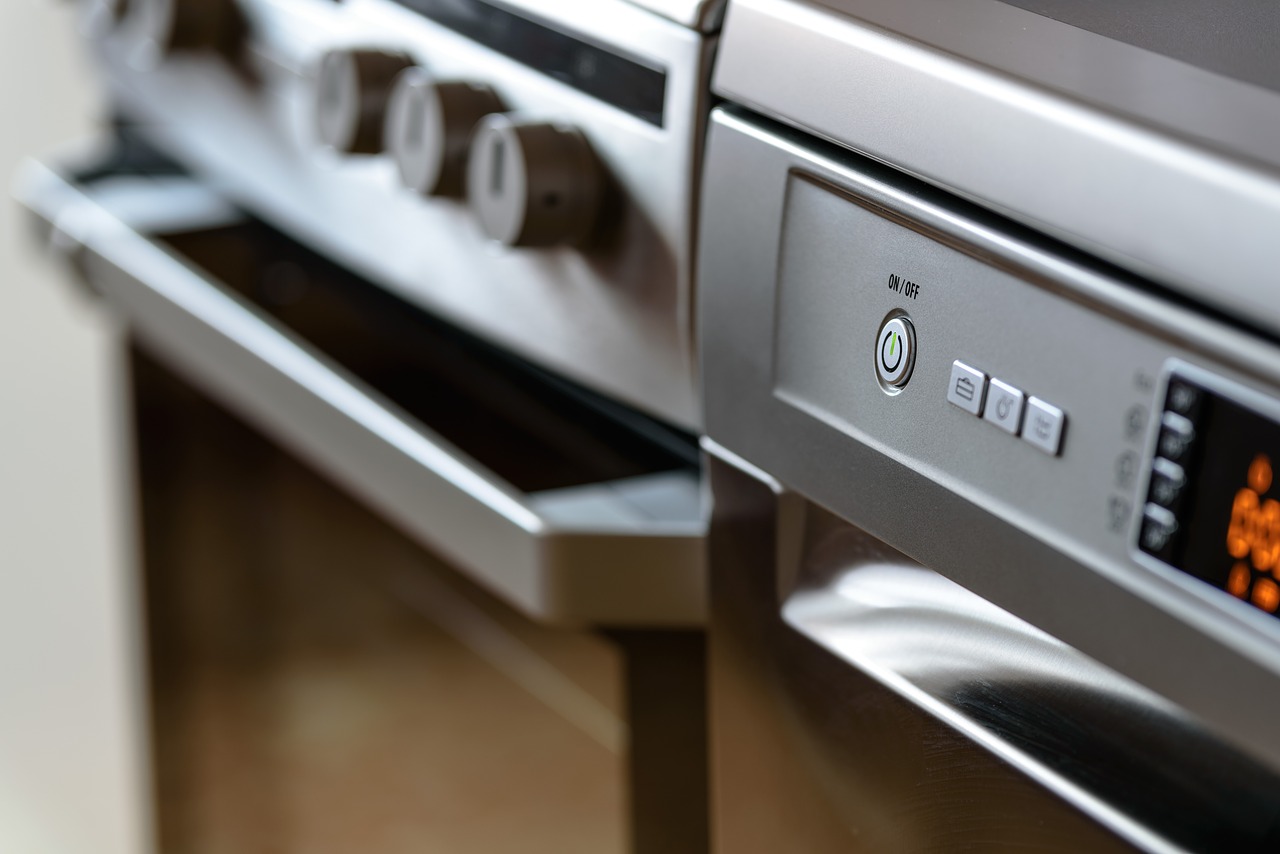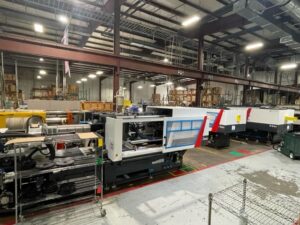Today, plastics are so common in everyday life that most people take them for granted. But plastics are everywhere. Plastics aren’t only found in consumer products, automotive designs, airplanes and other places — they’re often a significant part of our routines, like the home appliances we use every day.
High quality plastics contribute to making appliances more affordable, more versatile, and longer lasting. To achieve those outcomes, appliance manufacturers need injection molding. Other materials can make some components more difficult to fabricate or more expensive to produce. Appliance manufacturers select plastic injection molding for its flexibility, durability, reliability, and efficiency.
Advantages of Injection Molding for Appliance Manufacturing
Injection molding is a manufacturing process that forces molten plastic into a precision-engineered mold under pressure and allowed to cool. This methodology has been one of the primary means for producing plastic components for more than half a century. It’s a highly versatile and capable process that delivers several advantages over other manufacturing techniques.
A few reasons why appliances require injection molded parts:
- Support for intricate shapes and part mold designs: High-pressure, high-tonnage injection molding machines support even unusual part design specifications and tolerances. Injection molding supports designs that require less additional processing and fewer secondary operations after molding.
- Durability and materials made for tough conditions: The wide variety of thermoplastics available today makes it easier to select a solution that can withstand conditions inside an appliance, such as high temperatures or exposure to moisture or chemicals.
- High volume capabilities: Injection molds can have a very high throughput, allowing for the production of large numbers of parts in a comparatively short time. Once you have finalized mold tooling, scaling up manufacturing to meet inventory needs is straightforward.
- Long-term reliability: With good maintenance and proper techniques, mold tooling can last for a long time. When properly maintained, mold tooling is reliable and ensures product and replacement parts are available whenever needed.
- Material flexibility: Injection mold design supports a nuanced approach to material usage and can foster the addition of fillers for changing plastic properties. Inserts and other components placed inside the mold allow for techniques such as over-molding for more useful parts.
- Support for rapid prototyping: Modern prototyping technologies make it simpler to validate designs intended for appliance injection molding early in the design process. This process ensures better outcomes and more reliable tooling in the final project.
- In-mold decoration capabilities: Decorating capabilities within plastic injection molding allow for aesthetic improvements and good visuals for components, a factor that often influences demand in consumer markets.
For all these reasons, the appliance industry turns to injection molding companies for plastic products and robust manufacturing support.
What Appliances Use Injection Molding Processes?
It’s easy to see why appliance manufacturers would favor a high-volume, highly replicable process for creating plastic components to their specifications. What are those use cases? Let’s review some of the most common examples of plastic usage you might find:
- Refrigerator components: Plastics are prevalent inside refrigerators, especially for shelves and trays. Exterior door handles are usually molded. Ice makers built into freezers may use injection molded hoppers with plastic augers for dispensing ice.
- Dishwasher components: Modern dishwashers use many injection molded parts. Silverware caddies, dishwasher racks, and sprayer arms all typically use plastic. Even the detergent dispenser inside the dishwasher door may be molded plastic.
- Washing machines: Agitators, dials, and other components of clothes washing machines are commonly plastic.
- Kitchen gadgets: Many objects on countertops today use molded plastic. Microwaves may have plastic exteriors and internal components. Food processor bowls, blade holders, and housings use plastics. Other everyday objects with plastic parts include toasters, coffee makers, air fryers and more.
- Household appliances: Modern vacuum cleaners rely on plastic construction, from outer shells to brush rollers, nozzle attachments, handles and more. Robotic vacuums also use many injection molded parts. Household fans may be almost entirely plastic, from the base mount to the fan blades.
- Bathroom appliances: Electric razors and toothbrushes use plastics throughout their construction. Plastic housings that can withstand high heat and heavy-duty form the exterior shells for hair dryers. Likewise, you’ll find plastics on bathroom scales and other common, small appliances.
Learn More About Injection Molding Today with Reliant Plastics
These examples are just a scratch on the surface of what it is possible to achieve when working with a plastics company near you to design and develop components for an appliance. Injection molding, with faster turnaround times, better product quality, and more versatility, makes it possible to achieve a wide range of outcomes.
At Reliant Plastics, we support clients across many industries, including the appliance sector. With robust and highly scalable molding services, we’re well-positioned to bring projects to fruition as plastics manufacturers in Texas. Contact us for a free quote on your project today.




